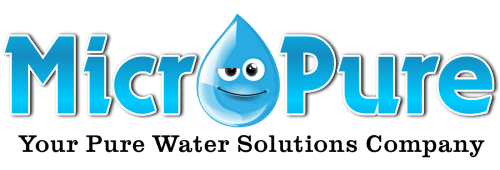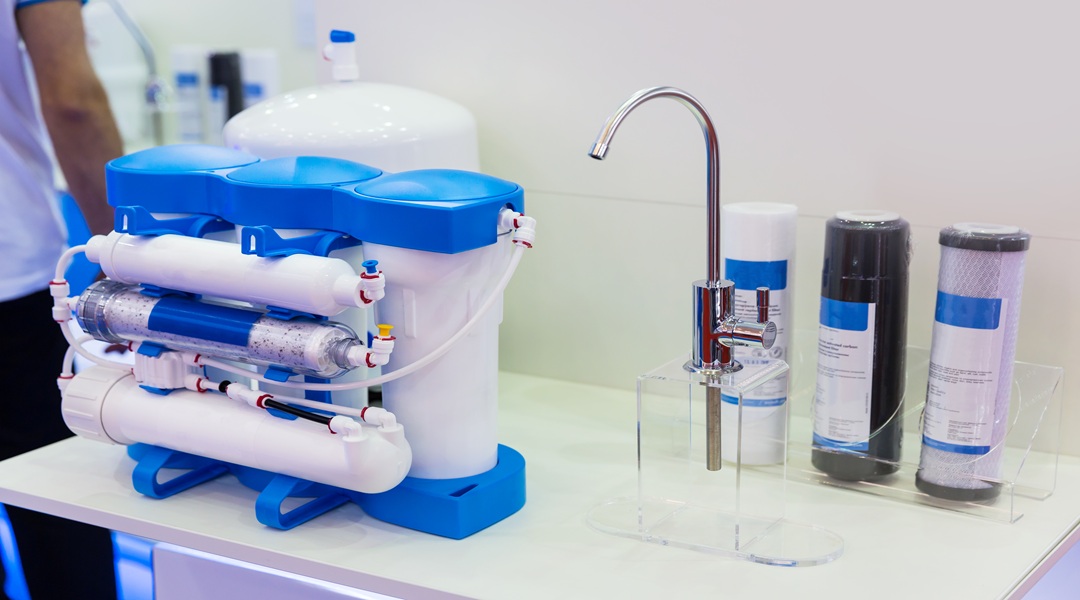Choosing the right home water system depends on knowing the difference between filtration and purification. Filtration involves trapping contaminants, while purification goes a step further to remove impurities at a microscopic level. With health as a priority, homeowners must decide on methods that best clear their water of unwanted substances.
Home water filtration: let’s break down the basics and explore how it improves your home’s water quality. Think cleaner drinking water, better-tasting coffee, and longer-lasting appliances.
Filtration Fundamentals Explained
Filtration is a physical process where water runs through materials that trap particles, bacteria, and some sediments. It improves taste and color but may not catch chemicals or viruses. Methods include carbon filters under the kitchen sink or whole-house systems from brands like MicroPure Water Systems.
These use barrier screens to remove visible impurities without stripping out essential minerals such as calcium or potassium your body needs. Water filtration system for home can provide cleaner drinking water while retaining beneficial elements. A balance between purity and healthful mineral content in every glass you drink.
Purification Processes Uncovered
Purification processes go a step beyond filtration by tackling the contaminants ordinary filters can’t catch. Chemical techniques in purification tackle pollutants like chemicals, viruses, and biological nasties that sneak past your typical filter system. It’s not just about catching what you see; it’s also stripping water of minerals.
Which might be good or bad for you depending on factors like water hardness. While MicroPure Water Systems’ portable units sift out bacteria from natural sources effectively, they don’t always nab sneaky chemical compounds or minuscule viral threats. That’s where purification steps in with its more thorough clean-up act.
Remember to test home waters first. Knowing exactly which unwanted guests lurk there helps decide if simple filtration suffices or full-blown purification is needed. If skin issues plague you post-shower due to chlorinated tap water.
A shower-specific filter could be an easy fix before considering whole house systems hitched directly into main supplies, clearing silt and other impurities entirely.
Choosing Home Water Solutions
Filtration and purification are distinct processes, each serving to enhance home water quality. Filtration uses a physical barrier like activated carbon or sediment filters to catch contaminants. Think chlorine plus some bacteria.
Which perks up taste and smell without much changing the water’s makeup. For homes with municipal supplies aiming for better-tasting tap water, filtration is typically sufficient; however, in areas where microorganisms or severe chemical pollutants threaten safety, purification steps up.
UV sterilization or RO can tackle viruses and more serious agents that simple filtration might miss. Homeowners should weigh their source’s quality against potential risks before settling on MicroPure Water Systems’ best solution. For health as well as palate satisfaction.
Filtration removes physical impurities from water, ranging from sediments to larger microbes. It targets the tiny and often dangerous contaminants like chemicals and viruses that filtration might miss.
While a filter can clean up what you can see, purification is about making water safe on a molecular level. MicroPure Water Systems understands this distinction well. A necessity for anyone aiming for truly clean drinking water at home or in the workplace, provided by solutions found at MyWaterMD.com.



